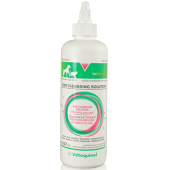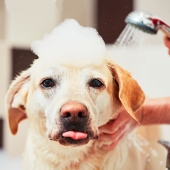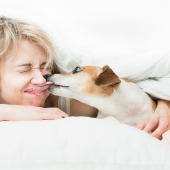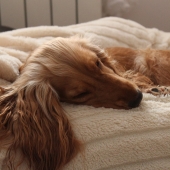Your cat grooms himself/herself several times a day and as a result, he/she swallows and ingests a large amount of fur. This can turn into the very common hairball problem.
Here is how to make sure this behaviour does not become dangerous for your cat’s health!
HAIRBALL PROBLEM: A DAILY SITUATION FOR YOUR CAT
Everyday, your cat swallows a lot of fur. By licking his/her coat, his/her sharp tongue actually traps fur!
In this way, the fur gets into the digestive tube which cannot digest this fairly special “food”!
This is similar to your daily shower: when your hair goes down the drain when you take a shower, over time a ball of hair will form and block the drain. Your cat’s digestive tube is like the drain in your shower: if you do nothing, the hair will build up and your cat may vomit up a lovely, unappetizing hairball or worse, not be able to get rid of it at all!
THE CONSEQUENCES OF HAIRBALLS
Hairballs can harm digestion and cause discomfort or even vomiting. When stools get stuck in the colon, they dry out and harden with a risk of constipation-related complications.
Be vigilant as constipation can cause the same uncomfortable effect in animals as in humans:
-
Less frequent stools
-
Bloating and flatulence
-
Abdominal cramps and pain
-
Hard, compact stools which are difficult or painful to pass
- Vomiting
Not sure?
Consult your veterinarian before giving your pet a laxative. Hairball-EZ may be an effective solution to prevent hairball problems from interfering with your cat’s health!






